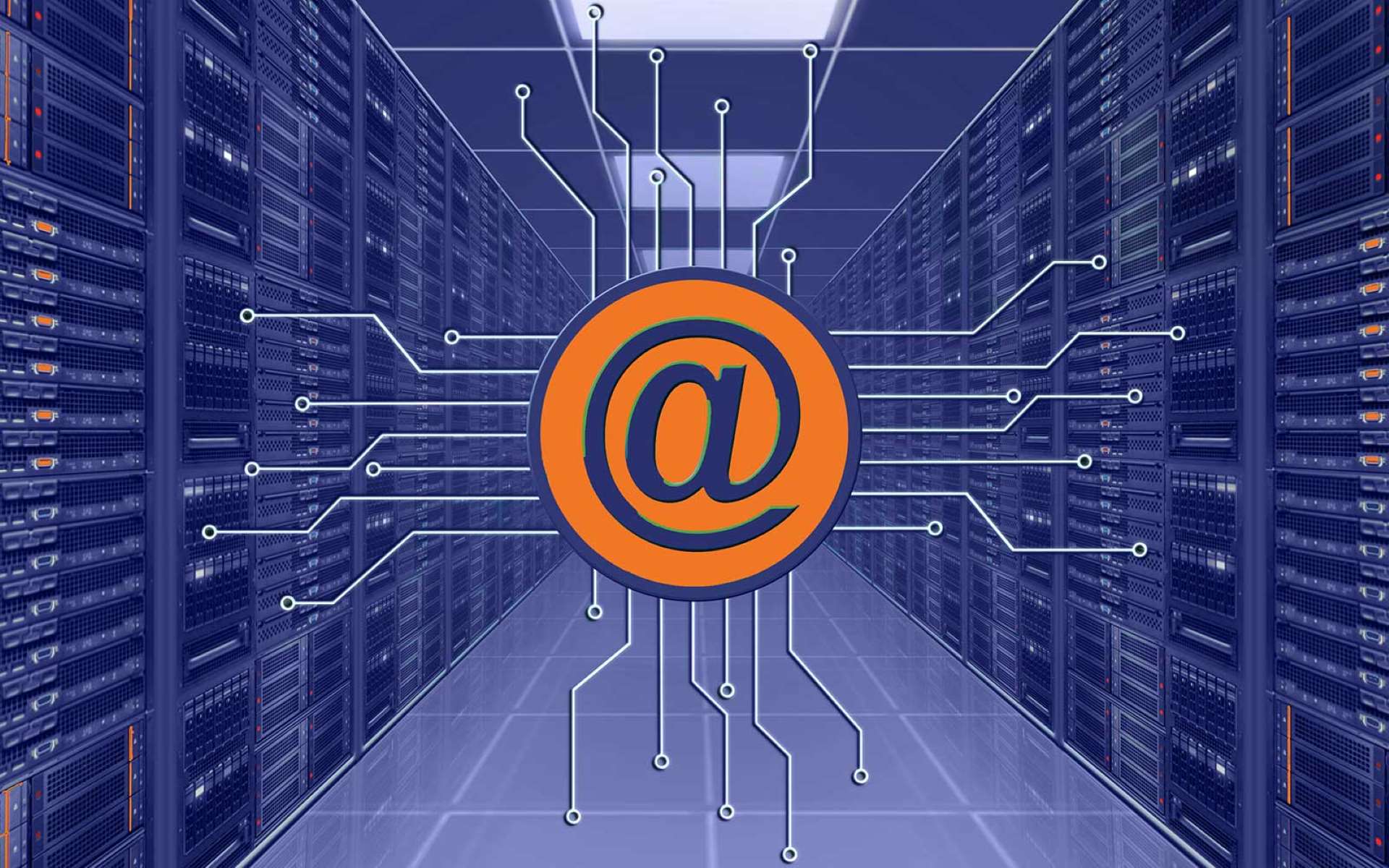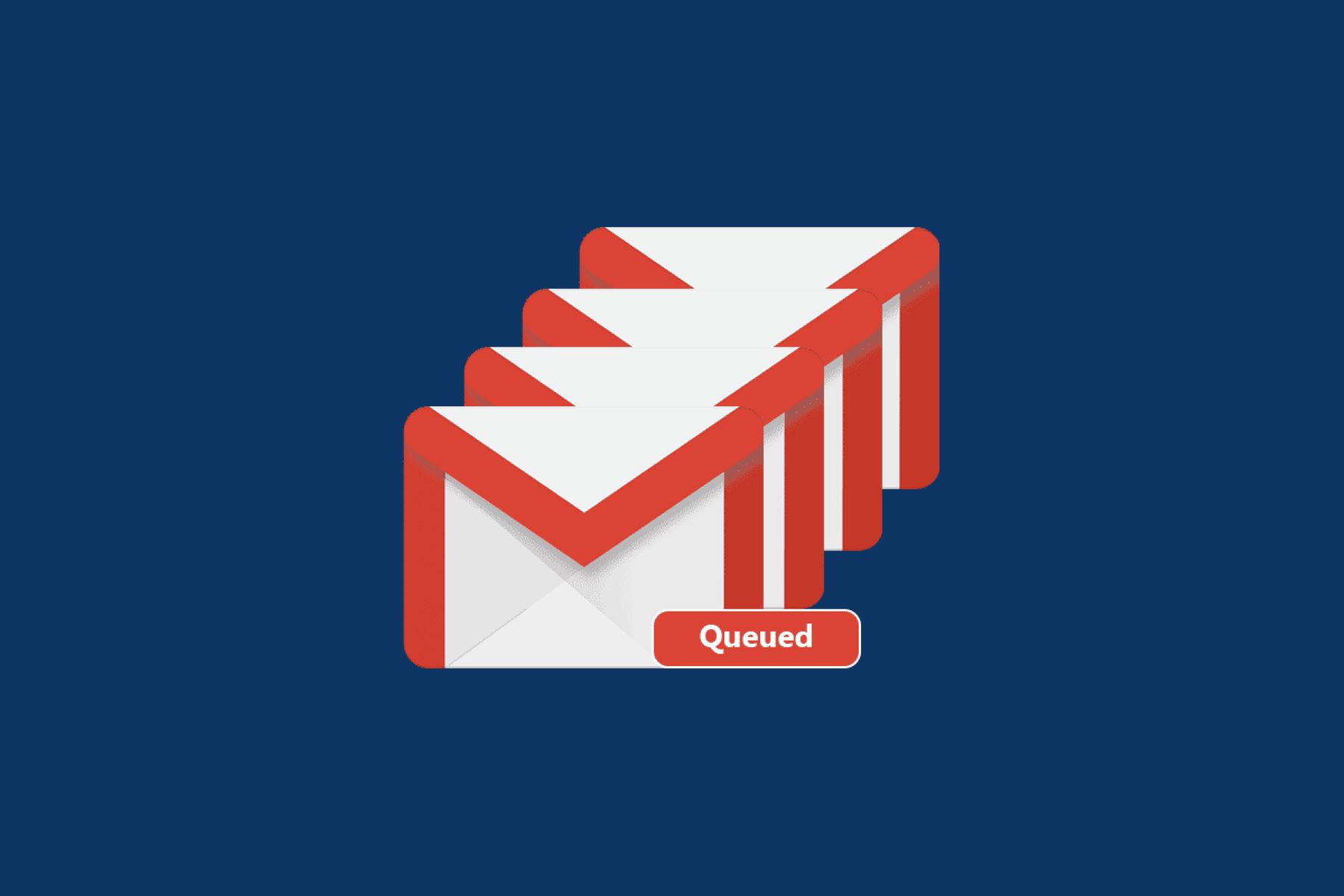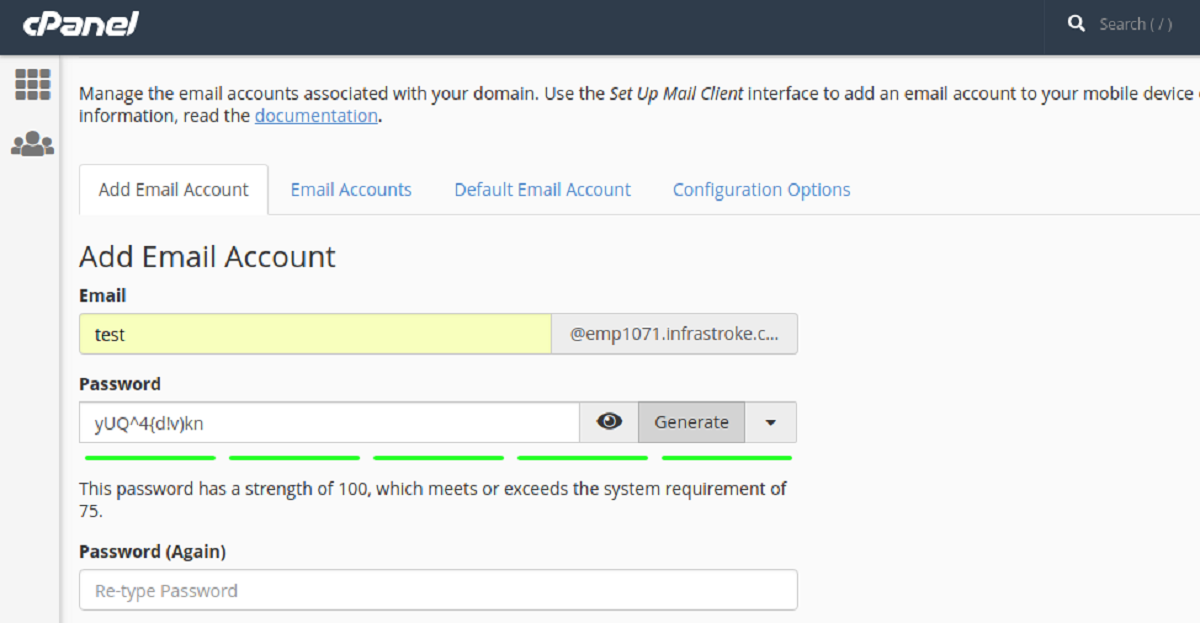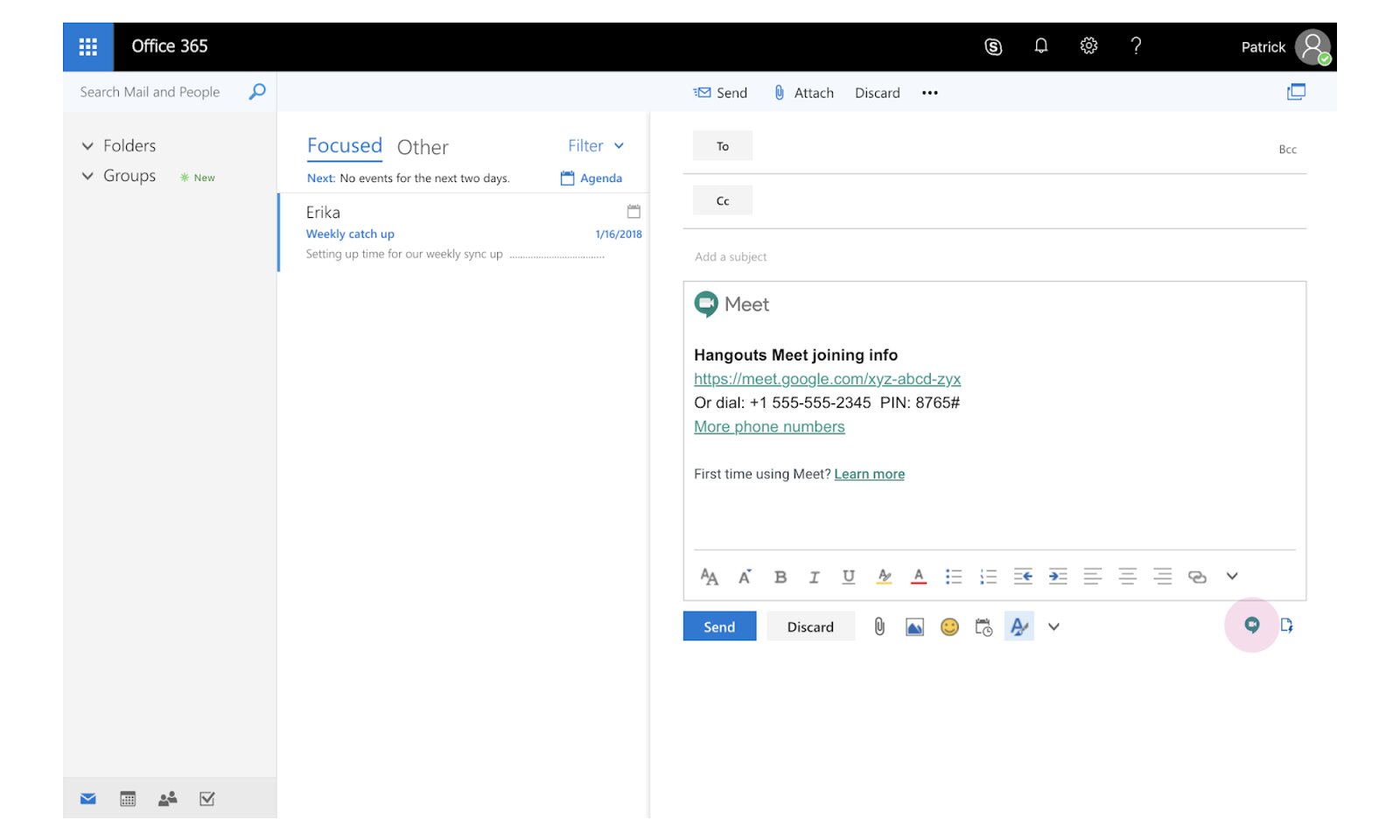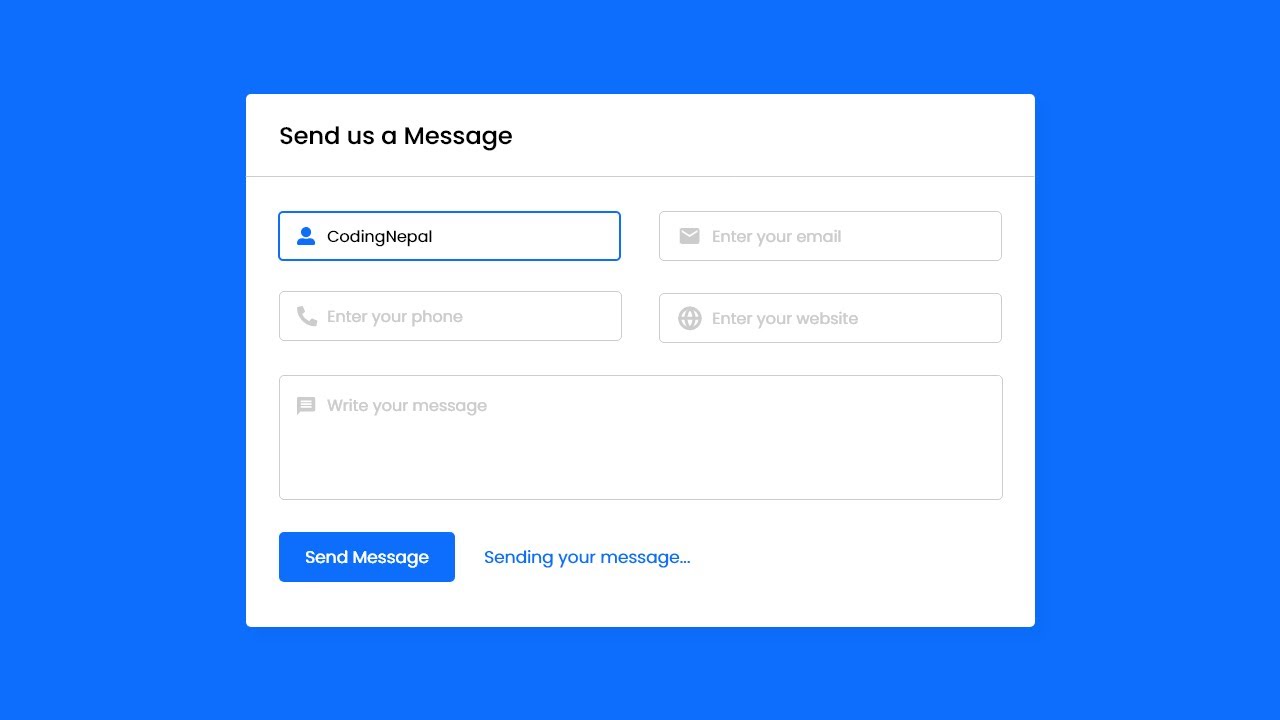Introduction
Email has become an essential communication tool in our modern world, allowing us to easily connect and exchange messages with people all over the globe. But have you ever wondered how these emails are sent and received? This is where email servers come into play.
An email server, also known as a mail server, is the backbone of the email communication process. It acts as a central hub that handles the sending, receiving, and routing of emails across the internet. Without email servers, our ability to send and receive emails would be severely limited.
In this article, we will delve into the world of email servers and explore their functionality, types, popular software, setup process, benefits, security considerations, and troubleshooting common issues. By the end, you will have a comprehensive understanding of what email servers are and how they work.
Email servers enable us to send messages to individuals or groups, attach files, and receive incoming emails from different sources. These servers ensure that messages are delivered promptly, securely, and reliably. They handle the behind-the-scenes processes that make email communication possible.
Whether you are using a personal email account, a business email service, or even a webmail service like Gmail or Outlook, all emails go through a series of email servers that work together to route the messages to their intended recipients. This seamless and efficient exchange of information is made possible by the collective functionality of these servers.
Now that we have a basic understanding of what email servers do, let’s dive deeper into the intricacies of their operation and explore the different types of email servers available.
Definition of an Email Server
An email server is a computerized system or software application that handles the sending, receiving, and routing of email messages. It acts as a central hub that facilitates the exchange of electronic messages between email clients and other email servers.
At its core, an email server consists of two main components: the Mail Transfer Agent (MTA) and the Mail Delivery Agent (MDA). The MTA is responsible for sending and receiving emails between different servers, while the MDA is responsible for delivering emails to the recipients’ mailboxes.
When you send an email, your email client (such as Outlook or Gmail) connects to your email server and transfers the message to the server. The email server then performs various checks and processes, including verifying the recipient’s address, routing the email to the appropriate server, and ensuring its secure transmission.
On the receiving end, when someone sends you an email, their email server sends the message to your email server. Your email server then delivers the email to your mailbox, allowing you to access and read it through your email client.
Email servers rely on various protocols, such as SMTP (Simple Mail Transfer Protocol) for outgoing mail and IMAP (Internet Message Access Protocol) or POP3 (Post Office Protocol 3) for incoming mail. These protocols govern how email data is transmitted, authenticated, and stored.
In addition to the MTA and MDA, email servers often include other components, such as spam filters, antivirus scanners, and encryption tools. These additional features help ensure the security and integrity of email communications.
Overall, an email server plays a crucial role in the smooth functioning of email communication. It acts as a intermediary between email clients and other servers, facilitating the exchange of messages in a secure and efficient manner.
How Does an Email Server Work?
Understanding how an email server works requires knowledge of the underlying protocols and processes involved in sending and receiving emails.
When you compose and send an email, your email client communicates with your email server using the Simple Mail Transfer Protocol (SMTP). SMTP is responsible for transferring your email from your email client to the recipient’s email server.
Once your email server receives the outgoing message, it performs several tasks. First, it checks the recipient’s email address to ensure its validity. It also verifies that the email server responsible for the recipient’s domain exists and is accessible. This validation process prevents the delivery of emails to nonexistent or unreachable domains.
Next, your email server establishes a connection with the recipient’s email server using SMTP. It transmits the email, including the message content, headers, and attachments, to the recipient’s server. During this transmission, your email server and the recipient’s server exchange a series of SMTP commands and responses to ensure a successful transfer.
Upon receiving the email, the recipient’s email server performs its own checks. It verifies the sender’s identity and applies any security measures, such as spam filtering or virus scanning, to protect the recipient’s inbox from potential threats.
Once the email passes all checks and security measures, the recipient’s email server delivers the email to the recipient’s mailbox. From there, the recipient can access and read the email using their email client, such as Outlook or a webmail interface.
When the recipient replies to or forwards the email, the process is repeated in reverse. The recipient’s email client communicates with their email server, which then routes the email to the sender’s email server for delivery.
Overall, email servers work together to ensure the successful transmission and delivery of emails across the internet. They rely on standardized protocols and processes to facilitate the exchange of messages between email clients, providing a seamless communication experience for users.
Types of Email Servers
There are several types of email servers available, each catering to specific needs and preferences. Let’s explore some of the most common types:
- On-Premises Email Server: An on-premises email server is installed and maintained on your own hardware infrastructure. This allows you to have complete control over your email system, including security, customization, and data storage. However, it requires dedicated IT resources and infrastructure maintenance.
- Cloud-Based Email Server: A cloud-based email server, also known as a hosted email server, is hosted and managed by a third-party provider. It eliminates the need for on-site hardware maintenance and offers scalability, reliability, and remote accessibility. Popular cloud-based email server services include Microsoft Exchange Online, Google Workspace, and Zoho Mail.
- Virtual Private Server (VPS) Hosting: With VPS hosting, you have access to a virtualized server environment that mimics dedicated server functionality. This allows you to configure and manage your own email server instance while utilizing the resources of a larger physical server. VPS hosting offers a balance between cost-effectiveness and customization.
- Email Hosting Providers: Email hosting providers specialize in hosting and managing email servers for businesses and individuals. They offer dedicated email hosting services without the need for managing the underlying infrastructure. These providers often include features such as custom domains, advanced security measures, and collaboration tools.
- Exchange Servers: Microsoft Exchange Server is a widely used email server solution that offers robust features for businesses. It provides features such as shared calendars, contacts, and tasks, making it ideal for organizations that require advanced collaboration capabilities.
When choosing an email server type, consider factors such as your budget, technical expertise, scalability requirements, and desired email features. Whether you prefer the control of an on-premises solution, the convenience of a cloud-based service, or the flexibility of a VPS, there is an email server type that suits your needs.
Popular Email Server Software
There is a wide range of email server software available, each offering unique features and capabilities. Let’s explore some of the most popular email server software options:
- Microsoft Exchange Server: Microsoft Exchange Server is a widely used email server software solution for businesses. It offers robust email management features, such as shared calendars, contacts, and tasks, along with advanced security measures. Exchange Server is highly scalable and integrates seamlessly with other Microsoft products.
- Postfix: Postfix is a free and open-source email server software that is known for its simplicity and robustness. It is designed to be secure and efficient, making it a popular choice for Linux-based systems. Postfix offers extensive configuration options and supports various protocols, including SMTP and IMAP.
- Sendmail: Sendmail is one of the oldest and most widely used email server software solutions. It is highly customizable and offers a range of features and extensions. Sendmail provides reliable mail delivery, spam filtering, and supports multiple operating systems.
- Exim: Exim is another popular open-source email server software that is known for its flexibility and performance. It is commonly used on Unix-like systems and offers powerful features, such as ACL-based access control, content scanning, and dynamic routing.
- Dovecot: Dovecot is an open-source email server software that focuses on providing a secure and efficient IMAP and POP3 server. It is designed for compatibility, performance, and ease of administration. Dovecot supports SSL encryption, virtual mailboxes, and mailbox indexing for fast searching.
- Zimbra Collaboration Suite: Zimbra is a full-featured email server software that offers email, calendar, contacts, and collaboration tools. It provides a web-based interface and is available both as an open-source edition and a commercial edition with extended features and support.
These are just a few examples of popular email server software options. When choosing the right software for your needs, consider factors such as compatibility with your operating system, scalability options, security features, and support availability.
Setting Up an Email Server
Setting up an email server can be a complex task that requires careful planning and configuration. Here are the general steps involved in setting up an email server:
- Choose an Email Server Software: Select the email server software that best suits your needs, considering factors such as compatibility, features, and scalability.
- Set Up the Server Environment: Prepare the server environment by installing the necessary operating system and ensuring that it meets the system requirements of the chosen email server software.
- Configure DNS Settings: Set up the domain name system (DNS) records to properly route incoming and outgoing emails. This includes configuring MX (Mail Exchanger) records to specify the email server that handles your domain’s emails.
- Install and Configure the Email Server Software: Install the chosen email server software on the server and configure it according to your requirements. This process involves setting up user accounts, mailboxes, spam filters, security settings, and any additional features you may need.
- Enable SSL/TLS Encryption: Enable SSL/TLS encryption to secure the communication between the email server and the email clients. This helps protect sensitive data, such as login credentials and email content, from unauthorized access.
- Set Up Incoming and Outgoing Mail Services: Configure the email server to handle incoming mail by setting up the appropriate protocols, such as SMTP and IMAP or POP3. Additionally, configure outgoing mail services to enable the server to send emails to external recipients.
- Test and Verify: Test the server’s functionality by sending and receiving test emails. Verify that the emails are being delivered correctly and that the server’s security measures, such as spam filtering and antivirus scanning, are working as intended.
- Backup and Monitoring: Implement regular backup procedures to protect your email data from loss or corruption. Set up monitoring tools to ensure the server’s stability, performance, and security. Monitor disk space, network traffic, and system logs for any anomalies.
It’s important to note that the specific steps and procedures may vary depending on the chosen email server software and the underlying server environment. It is recommended to refer to the documentation and resources provided by the email server software provider for detailed instructions on the setup process.
Additionally, if you are not familiar with server administration or lack the technical expertise, it may be beneficial to seek assistance from a professional or consider using a managed email hosting service that handles the server setup and maintenance for you.
Benefits of Using an Email Server
Using an email server offers numerous advantages over relying solely on webmail or free email service providers. Here are some key benefits of utilizing an email server:
- Custom Domain: With an email server, you can use a custom domain for your email addresses, such as yourname@yourcompany.com. This adds a professional touch to your email communications and helps establish your brand identity.
- Enhanced Security: Email servers provide enhanced security features to protect your sensitive data. They typically include spam filters, antivirus scanning, and encryption capabilities to safeguard your email communications from malicious threats.
- Increased Storage Capacity: Most email servers offer larger storage capacities compared to free email services. This allows you to store and archive a larger volume of emails, attachments, and other important communications without worrying about running out of space.
- Improved Control and Privacy: With an email server, you have full control over your email system. You can customize settings and configurations according to your specific needs and have the flexibility to define your own privacy policies.
- Collaboration Tools: Many email servers come with collaboration features that facilitate team communication and productivity. Shared calendars, contacts, and task management help streamline collaboration within organizations.
- Offline Access: Email servers allow you to access and manage your emails even when you are not connected to the internet. This is particularly useful when traveling or in locations with limited or unreliable internet connectivity.
- Better Reliability: Email servers typically offer higher reliability compared to free email services. They have dedicated infrastructure and redundancy measures in place to ensure that your emails are delivered reliably and consistently.
- Scalability: As your organization grows, an email server provides the flexibility to scale your email system to accommodate increased user accounts, storage space, and traffic without compromising performance.
By utilizing an email server, you can enjoy these benefits and have more control, security, and customization options for your email communications. Whether you are an individual, a small business, or a large organization, an email server can greatly enhance your email experience and productivity.
Security Considerations for Email Servers
Ensuring the security of your email server is of paramount importance, as it contains sensitive data and confidential communications. Here are some key security considerations to keep in mind when setting up and managing an email server:
- Encryption: Implement encryption protocols, such as SSL/TLS, to protect the transmission of emails between the server and email clients. This helps prevent unauthorized interception or eavesdropping on sensitive data.
- Secure Authentication: Enforce strong password policies and consider implementing additional layers of authentication, such as two-factor authentication (2FA), to prevent unauthorized access to email accounts.
- Spam Filtering: Utilize robust spam filtering software to automatically detect and filter out spam emails. This helps reduce the risk of email phishing attacks and other malicious activities.
- Antivirus Scanning: Implement antivirus scanning systems to detect and quarantine any malicious attachments or phishing attempts present in incoming or outgoing emails.
- Regular Software Updates: Keep your email server software and underlying operating system up to date with the latest security patches and updates. This helps protect against known vulnerabilities and ensures that your server is running on the latest secure versions.
- Firewall Protection: Configure and maintain a firewall to control network traffic to and from your email server. Limit access to only necessary ports and protocols, and consider utilizing intrusion detection and prevention systems (IDPS) to safeguard against malicious activities.
- Data Backups: Regularly backup your email server data to prevent data loss in the event of hardware failures, system errors, or security incidents. Store backups in secure and separate locations to ensure data recovery.
- User Education: Educate email users about best practices for email security, such as recognizing phishing attempts, avoiding suspicious links and attachments, and regularly updating their passwords.
- Monitoring and Logging: Set up comprehensive monitoring and logging systems to track and analyze email server activities for any signs of unauthorized access, suspicious behaviors, or security breaches.
- Access Control: Implement proper access control mechanisms to ensure that only authorized personnel have administrative rights and permissions to manage and configure the email server.
By considering and implementing these security measures, you can strengthen the security posture of your email server and mitigate potential risks and vulnerabilities. It is important to regularly assess and update your security practices to adapt to emerging threats and ensure ongoing protection for your email communications.
Troubleshooting Common Issues with Email Servers
While email servers are essential for efficient communication, they can experience various issues that can disrupt the flow of emails. Here are some common issues that may arise with email servers and some troubleshooting steps to help resolve them:
- Email Delivery Failure: If emails are not being delivered to recipients, ensure that the recipient’s email address is correct, and check if your server’s IP address is not blacklisted. Review email server logs and error messages to identify any specific issues.
- Emails Being Marked as Spam: If your emails are consistently being classified as spam by recipient servers or spam filters, review the content and structure of the emails. Make sure to follow anti-spam best practices, such as avoiding spam trigger words, including valid sender information, and authenticating your email server with SPF, DKIM, and DMARC.
- Emails Not Being Received: If you are not receiving expected emails, ensure that your email server is properly configured to receive incoming emails. Check your spam or junk folder, as sometimes legitimate emails can be misclassified. Also, verify that your email server storage has not reached its capacity.
- Slow Email Sending or Retrieval: Slow email sending or retrieval can be caused by various factors, such as network congestion or server performance issues. Check your internet connection speed, server resources, and email server software settings. Consider optimizing network configurations or upgrading server hardware if needed.
- Authentication Issues: If users are unable to authenticate or log into their email accounts, verify that the passwords are correct and that the authentication method is correctly configured. Consider resetting passwords, reviewing the authentication settings, and checking for any firewall or network issues that might be blocking authentication requests.
- Email Bouncing: If you receive bounce notifications indicating that your emails are not reaching their intended recipients, investigate the reasons provided in the bounce messages. Common causes include invalid email addresses, recipient server issues, or message size limitations.
- Server Downtime or Unavailability: If your email server becomes unavailable or experiences downtime, check the server hardware, operating system, and network connections for any issues. Investigate server logs for error messages and consider implementing redundant server setups or failover mechanisms to minimize downtime in the future.
- Incorrect Email Routing: If emails are being routed to the wrong destinations, review your DNS settings, MX records, and email routing configurations. Ensure that all configurations align correctly with your domain and email server settings.
If troubleshooting these common email server issues becomes a challenge, it may be helpful to consult with an IT professional or seek support from your email server software provider for further assistance. Regularly monitoring your email server, keeping software up to date, and implementing best practices can help minimize and prevent such issues from occurring.
Conclusion
Email servers play a critical role in the efficient and secure exchange of electronic messages. They serve as the backbone of email communication systems, handling the sending, receiving, and routing of emails. Understanding how email servers work and the different types available can help individuals and businesses make informed decisions when setting up their own email infrastructure.
By setting up an email server, you can enjoy a range of benefits, including the ability to use custom domains, enhanced security measures, increased storage capacity, and improved control over your email system. Popular email server software options provide various features and customization options to cater to different requirements.
However, it’s important to keep security considerations in mind when setting up and managing an email server. Implementing encryption, strong authentication mechanisms, and robust spam filtering and antivirus scanning are crucial to protecting sensitive data and preventing unauthorized access.
Despite careful planning and configuration, email servers can encounter issues that require troubleshooting. Addressing common issues, such as email delivery failures, spam classification problems, or slow performance, requires systematic investigation, monitoring, and addressing the root cause of the problem.
In conclusion, email servers have revolutionized the way we communicate, providing a reliable and efficient means of exchanging messages. Understanding the intricacies of email server functionality, types, setup process, security considerations, and troubleshooting common issues equips individuals and organizations with the knowledge to effectively manage their email communication systems, ensuring smooth and secure operations.







